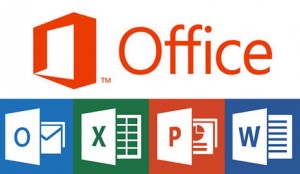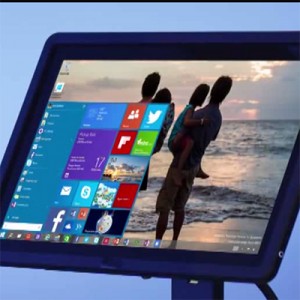Microsoft is aware of a vulnerability affecting all supported releases of Microsoft Windows, excluding Windows Server 2003. The vulnerability could allow remote code execution if a user opens a specially crafted Microsoft Office file that contains an OLE object. An attacker who successfully exploited the vulnerability could gain the same user rights as the current user. Customers whose accounts are configured to have fewer user rights on the system could be less impacted than those who operate with administrative user rights. The attack requires user interaction to succeed on Windows clients with a default configuration, as User Account Control (UAC) is enabled and a consent prompt is displayed.
At this time, we are aware of limited, targeted attacks that attempt to exploit the vulnerability through Microsoft PowerPoint.
Upon completion of this investigation, Microsoft will take the appropriate action to help protect our customers. This may include providing a security update through our monthly release process or providing an out-of-cycle security update, depending on customer needs.
Mitigating Factors:
•In observed attacks, User Account Control (UAC) displays a consent prompt or an elevation prompt, depending on the privileges of the current user, before a file containing the exploit is executed. UAC is enabled by default on Windows Vista and newer releases of Microsoft Windows.
•An attacker who successfully exploited this vulnerability could gain the same user rights as the current user. Customers whose accounts are configured to have fewer user rights on the system could be less impacted than those who operate with administrative user rights.
•In a web-based attack scenario, an attacker could host a website that contains a webpage that contains a specially crafted Office file that is used to attempt to exploit this vulnerability. In all cases, however, an attacker would have no way to force users to visit these websites. Instead, an attacker would have to convince users to visit the website, typically by getting them to click a link in an email message or Instant Messenger message that takes users to the attacker’s website.
•Files from the Internet and from other potentially unsafe locations can contain viruses, worms, or other kinds of malware that can harm your computer. To help protect your computer, files from these potentially unsafe locations are opened in Protected View. By using Protected View, you can read a file and see its contents while reducing the risks. Protected View is enabled by default.


